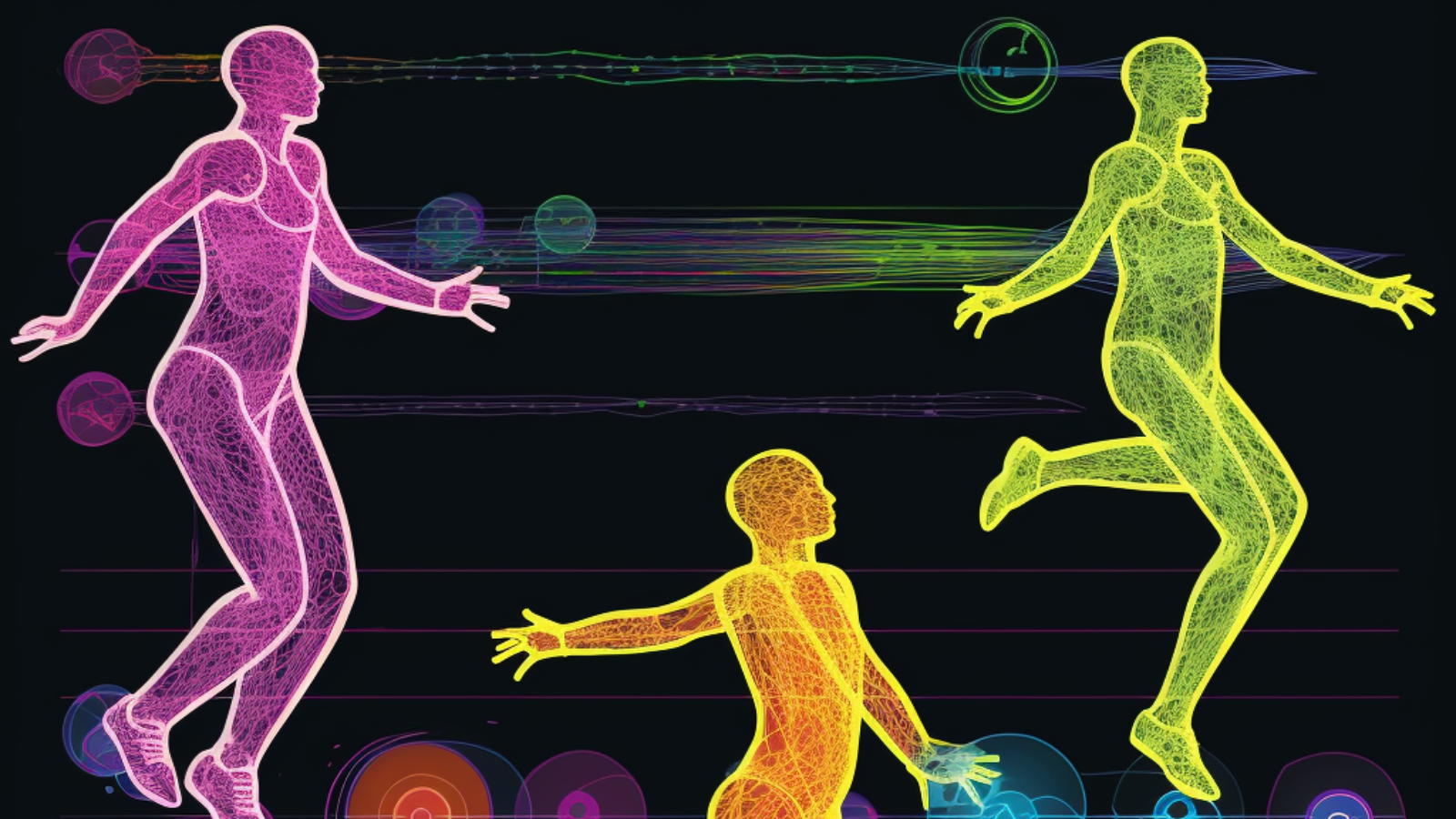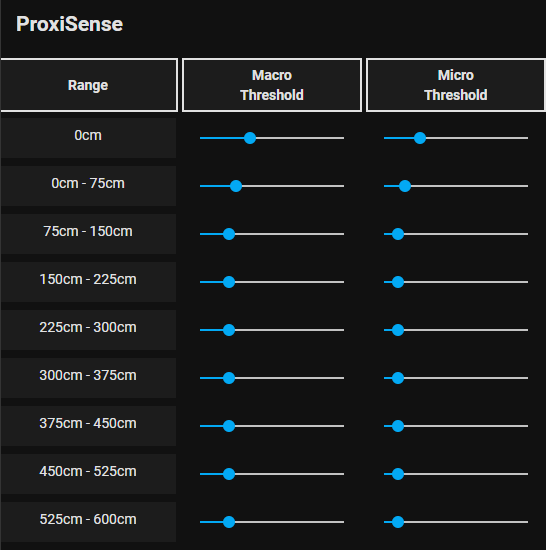Distinct Activity Detection and ProxiSense Customization

RoomSense IQ, the ultimate device for attendance-based room automation, offers a remarkable capability to detect and classifies two distinct types of activities: stationary activities and moving activities. Moving activities refer to various forms of physical motion, such as walking, running, and macro gestures. These macro movement signals are particularly valuable for applications such as Intrusion Detection, where the identification of large-scale movements is crucial.
In contrast, stationary signals relate to subtle or small-scale movements occurring within the monitored area. These movements include micro gestures, breathing or sleeping patterns. Micro movement signals hold significant importance in applications such as Vital Sign Monitoring or tracking sleeping patterns.
Distinct Display and Enhanced Classification
SightSense, an innovative user interface displays these two distinct activities in separate charts, facilitating easy analysis and providing specific insights for each category. This clear separation enables users to delve into detailed analysis and acquire insights tailored to each type of activity. Moreover, differentiating between moving and stationary activities aids in classification, enabling users to quickly identify dynamic movements like walking, running, or gestures, as well as static or stationary activities such as sitting, standing, or sleeping.

Signals indicating macro and micro movements associated with sitting activity detected at a distance of 150cm from the sensor.
ProxiSense: Adjustable Detection Area
On each activity diagram, there are two curves. The orange curve represents the threshold value for each distance bin, which can be individually adjusted. The blue curve illustrates the actual detected activity level in each distance bin. Presence detection occurs only when the activity level (the blue curve) surpasses the threshold value (the orange curve) in any of the bins. This is how the ProxiSense feature works. ProxiSense allows users to customize their detection area based on their specific needs. For example, if you want to avoid detecting any movement in a particular distance bin, you can set the limit for that bin to a maximum of 100. This means the sensor won't detect any movement, such as a fan or a curtain, in that distance section. Suppose you only want to define automation around your desk, which is located 3 meters away from the sensor. In that case, you can set the threshold to 100 for all bins except the 3-meter bin.

Adjustable thresholds for distance bins
In conclusion, RoomSense IQ provides an exceptional solution for attendance-based room automation by offering advanced detection and classification capabilities for both stationary and moving activities. By accurately differentiating between macro gestures and micro movements, the device proves invaluable for various applications, from Intrusion Detection to Vital Sign Monitoring and sleep tracking. SightSense presents separate charts for each activity type, allowing for detailed analysis and tailored insights. The ability to adjust threshold values and customize detection areas through the ProxiSense feature further enhances the device's versatility and adaptability. RoomSense IQ empowers users to quickly identify and understand dynamic and static activities, enabling efficient automation and optimized room management.
